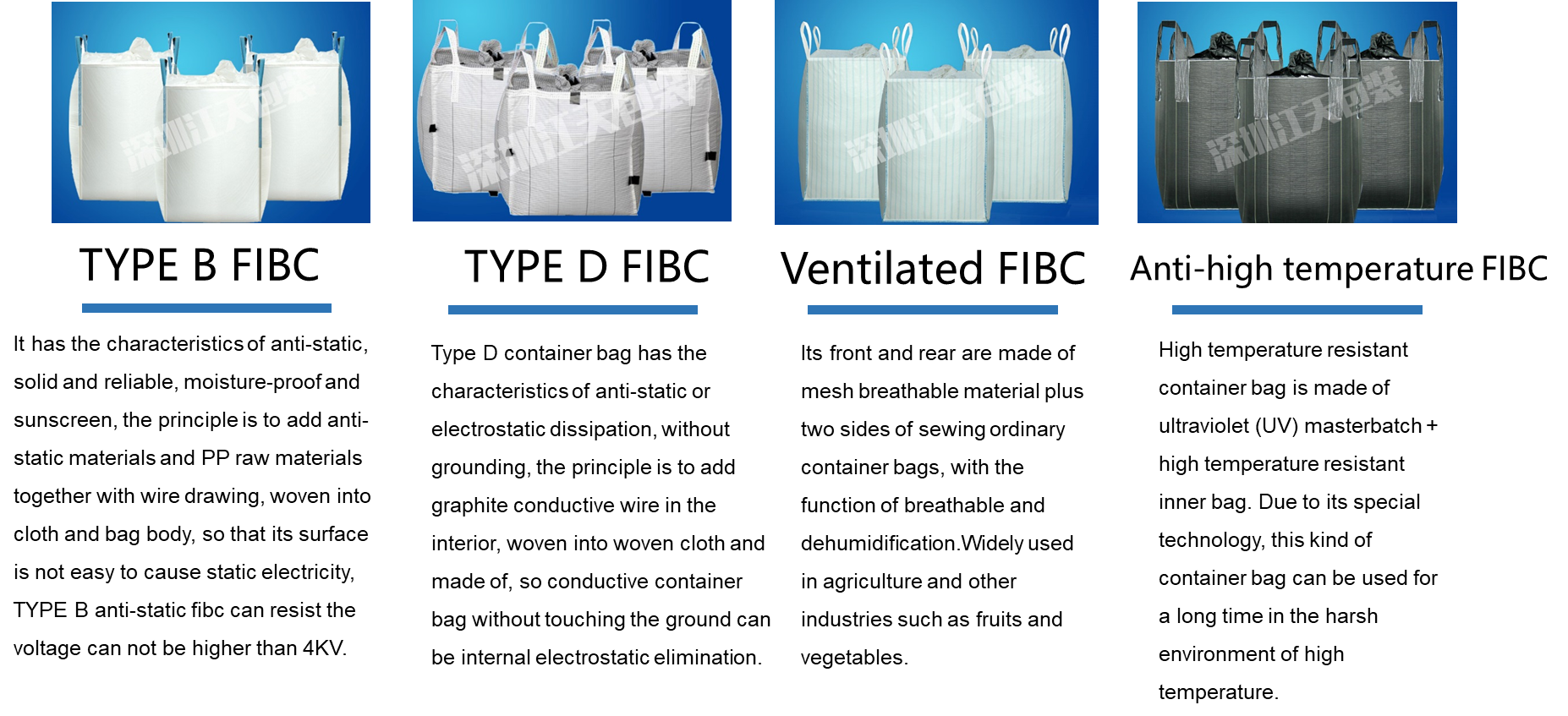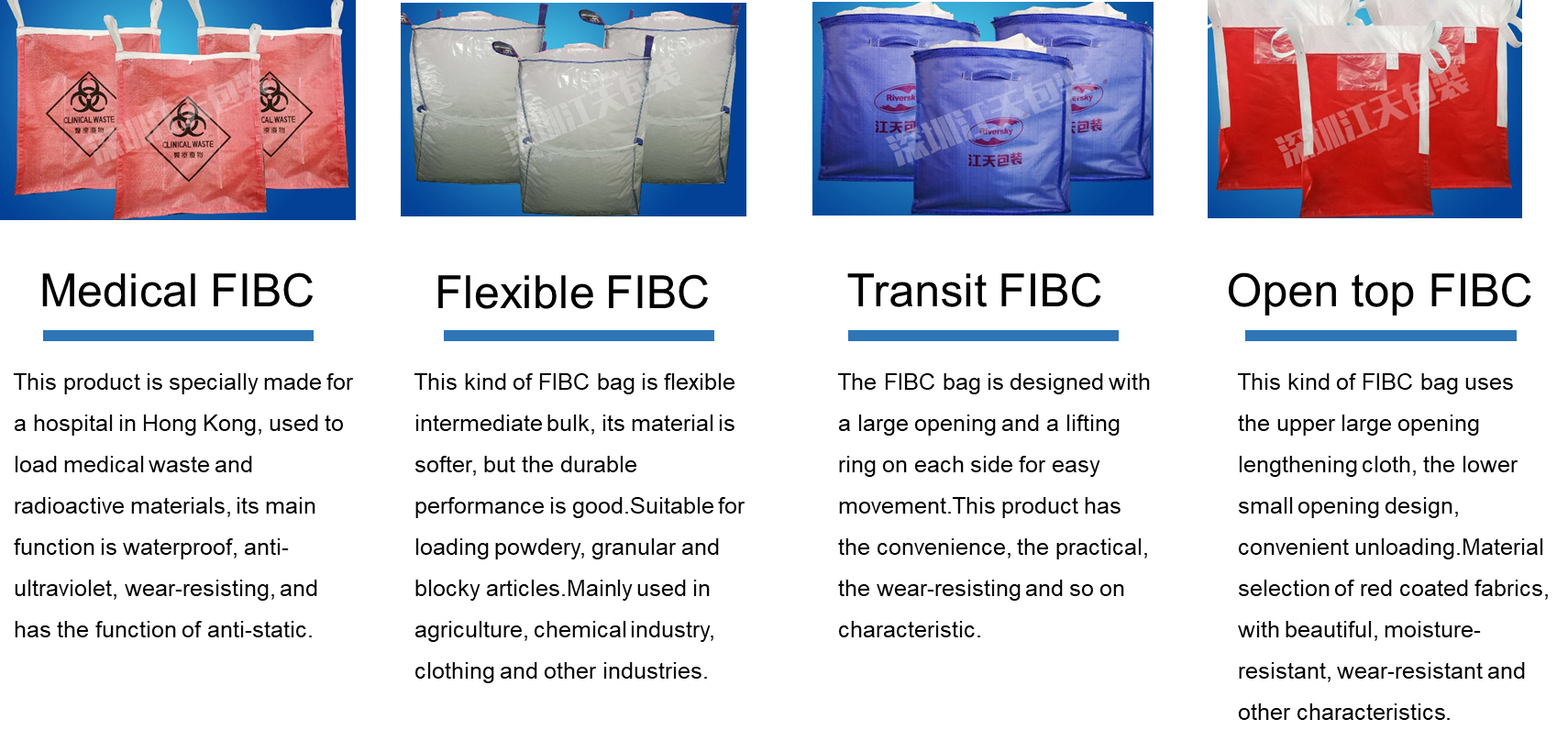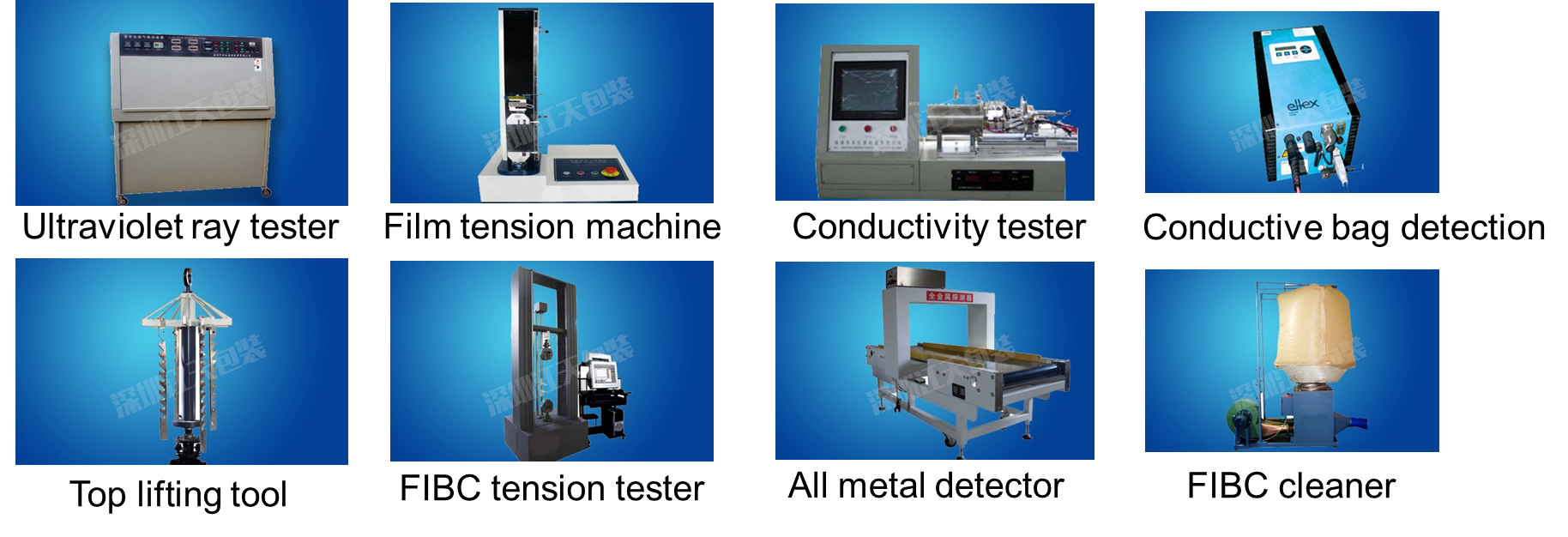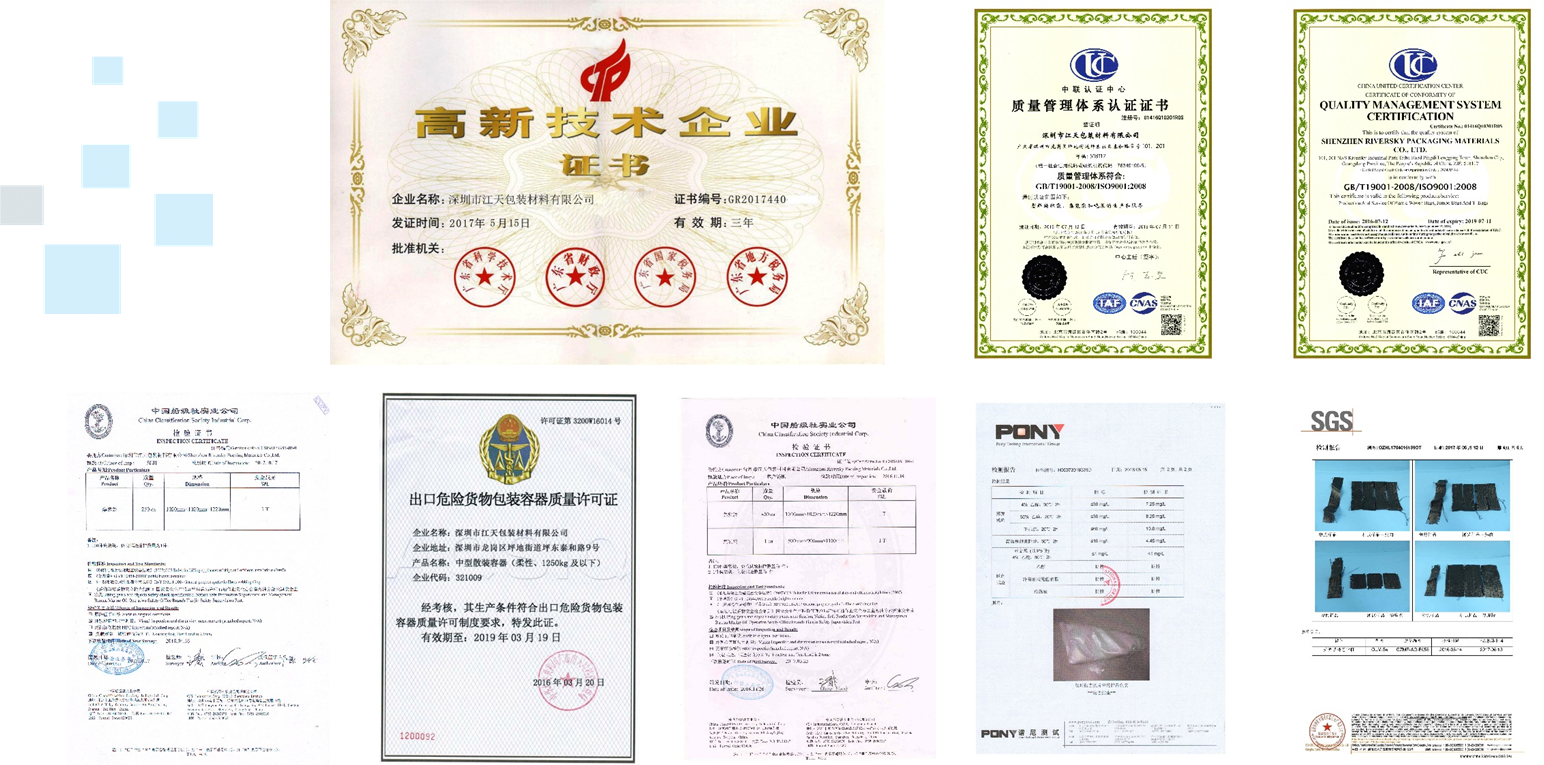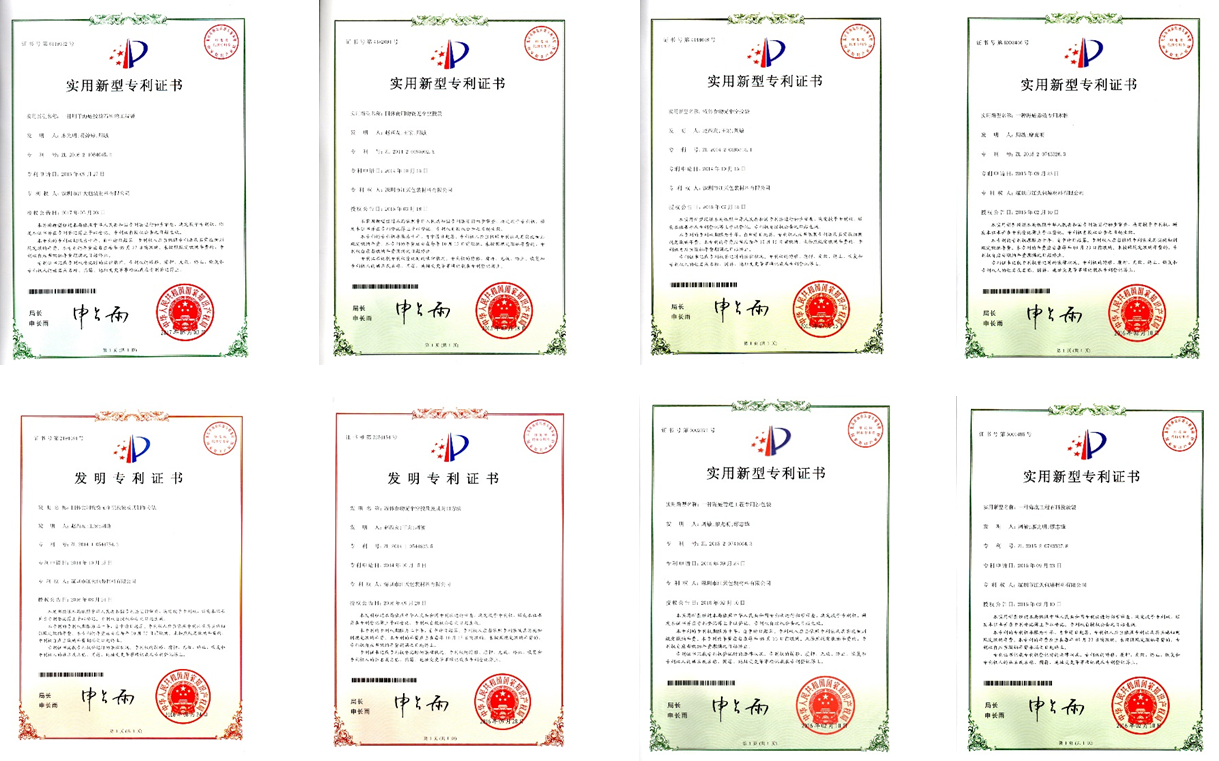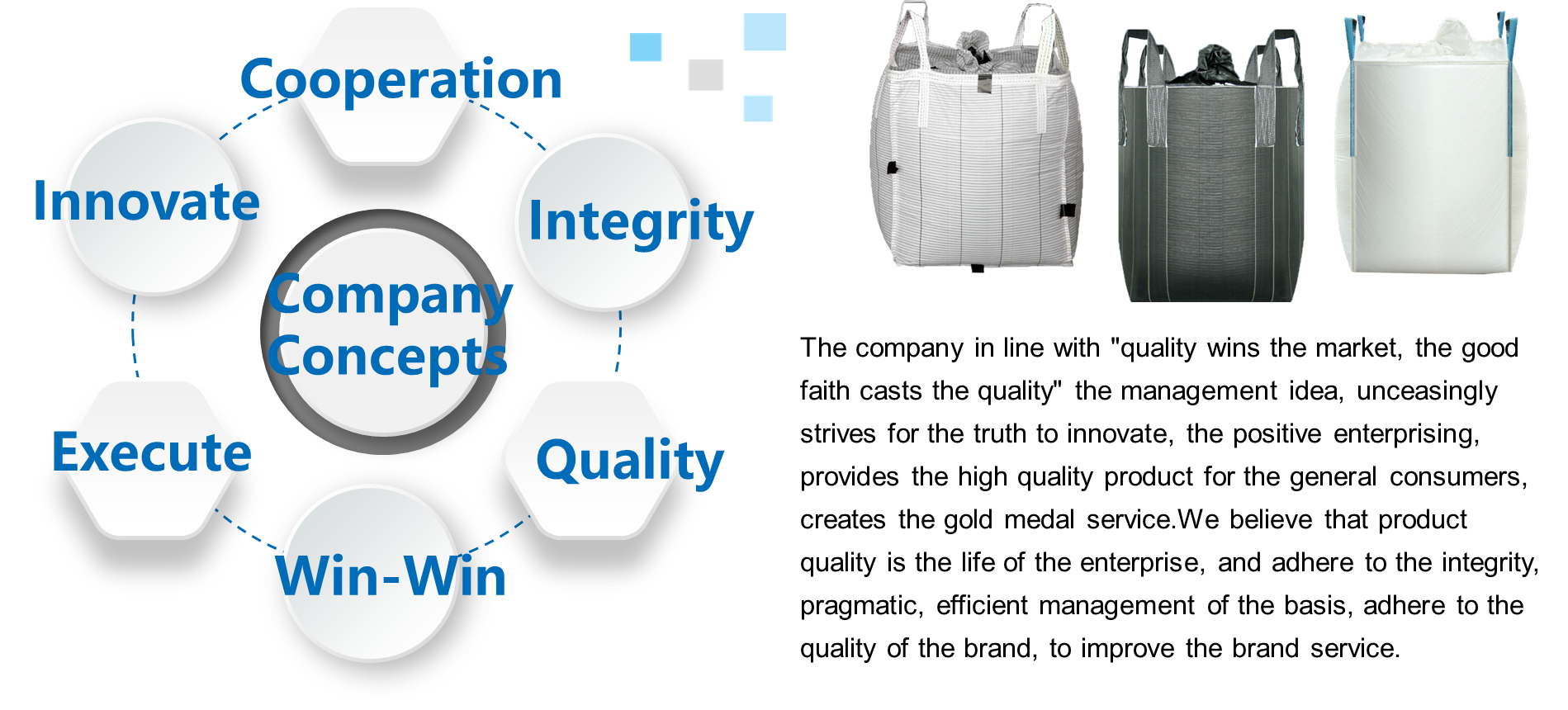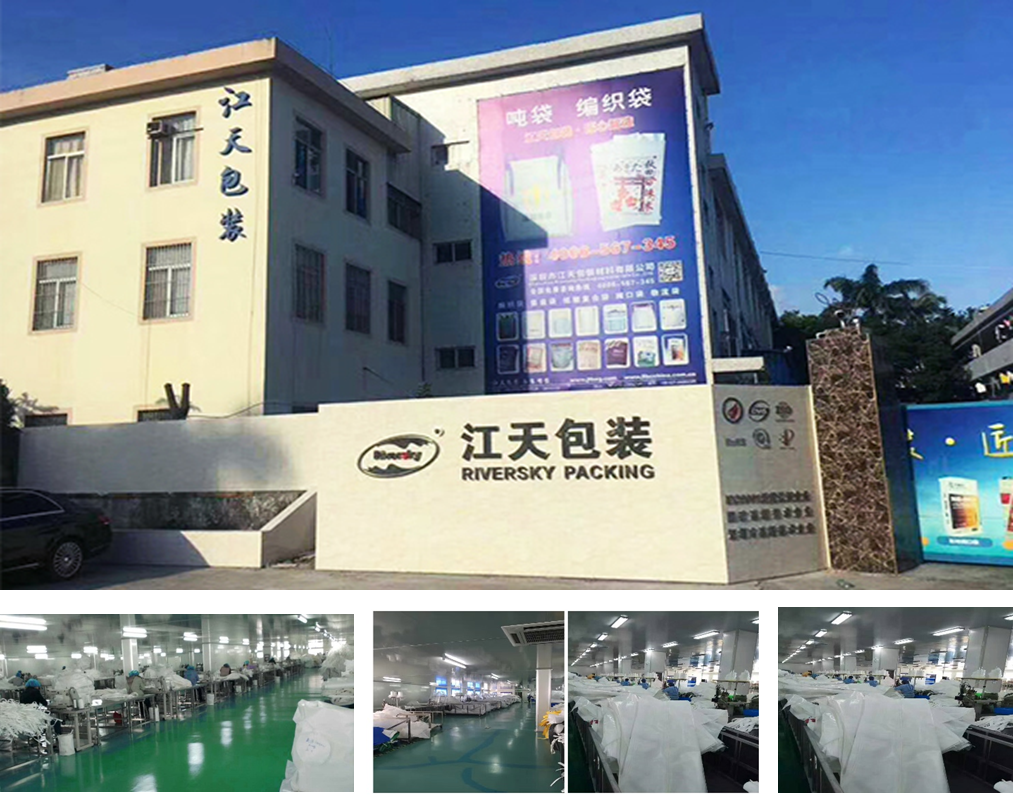At present, although some large companies have introduced foreign multi-color offset presses, domestic single-color offset presses still have many users in China, and many people also use J2108, J2101, and J4103 monochrome offset presses for multi-color overprinting. If pressure regulation is not good, problems such as premature wear of printing plates, inaccurate overprinting, etc. may occur, affecting the quality of printed products.
If you want to print quality prints, the key is to be appropriate. The ideal pressure is the minimum pressure at which the imprinting is strong, clear, and the printing plate dots are transferred to the paper without deformation.
To achieve "ideal pressure", we must select and install gaskets in strict accordance with the design requirements. Take the J4105 machine as an example. According to the specification, the plate pad should be 0.60mm, and the skin pad should be 3.25-3.40mm. For specific printing, we adopt the following method (see Table 1).
Table 1 J4105 machine liner
Plate roller rubber cylinder plate: Star PS plate thickness is about: 0.30mm Air cushion like cloth thickness is about 1.75mm Felt thickness about 0.83mm
Liner: 120g/m2 Sanshan Paper 3 sheets 0.39mm Thickness Liner: 120g/m2 Beishan Paper 4 sheets 0.52mm Thickness
Total thickness: about 0.69mm about 3.10mm
If other effects are neglected (such as ink roller pressure unevenness, improper dampening fluid PH value, mechanical vibration, mechanical precision), the pressure formed by the above pad is very close to the ideal pressure, and the quality of the printed product is printed under such pressure conditions. Stable, strong and clear dots, multi-color overprinting accuracy, error of plus or minus 0.2mm, printing plate resistant to printing force, screen printing number of up to 30,000-50,000 printing (printing plate without baking), text, line version It is higher than 50,000 impressions.
Special attention should be paid to the requirement in the J4105 specification that the external pressure regulator scale is 0 degrees, which is in fact to make the shoulder iron gap at both ends of the roller consistent. For some printing machines with long service life and severe mechanical wear, the scale of the external pressure regulator may have errors. At this time, it is advisable to take a 0.5mm fuse and measure the shoulder iron gap of each roller so that it meets the requirement of 0° for the external regulator.
In the actual work, we also found that when using different paper, the effect of the print under the same pressure conditions is also inconsistent. If the Japanese “KaiSing†105g/m2 double copper and 200g/m2 double copper paper are used, the double copper at 105g/m2 will print well under the same pressure, while the double copper at 200g/m2 will have overprint errors. In particular, the overlay error in the transverse direction (pull gauge direction) is significant. The main reason is that the paper thickness increases when printing with 200 g/m2 paper, so that the pressure between the blanket cylinder and the impression cylinder increases. The thickness of different papers is shown in Table 2.
Therefore, in actual production, the thickness of the initial pad of the inter-drum pressure should be flexibly adjusted according to the thickness of the printed paper to ensure proper pressure. When converting thin paper to thick paper, the difference between the two paper thicknesses shall prevail, and the center distance between the blanket cylinder and the impression cylinder shall be reduced or the rubber cylinder pad shall be reduced.
In addition, the pressure is related to the length of the screen during printing, and the thickness of the drum liner varies, and the length of the screen also changes. If you increase the thickness of the printing plate or blanket cylinder, the length of the picture shrinks, and vice versa. So we can use this feature to change the picture by changing the thickness of the liner. The specific approach is: when the first color is printed, a 52 g/m2 liner paper is added, or the center distance between the plate cylinder and the blanket cylinder is reduced by an external pressure regulator, so that the picture length is shortened. In the actual printing process, a certain amount of paper is stretched and deformed when it is printed in one color, so that there is a slight compensation for the shortened length of the above-mentioned screen. Printing the second, third, and fourth colors to remove 52g/m2 liner paper or to restore the roller pressure, the picture length has been extended due to reduced pressure, just in line with the length of the first color when the picture is basically consistent. We used this method several times during actual printing, and the result was good.
Table 2 thickness of different paper
Paper Type (g/m2) 105 128 157 200
Paper thickness (mm) 0.07 0.12 0.14 0.175
In special circumstances, an appropriate increase in the pressure between the blanket cylinder and the impression cylinder is conducive to improving the quality of printed products. For example, when printing on the field with offset paper, the ink cannot completely penetrate the paper and there is always a phenomenon of whitening. After we increase the pressure between the blanket cylinder and the impression cylinder, the printing quality is obviously improved, and the double-glue full-field printing reaches Double copper paper printing effect in the field.
In summary, the pressure has a great influence on the quality of printed products. In practical work, we must be good at observing and using our brains to find ways...
